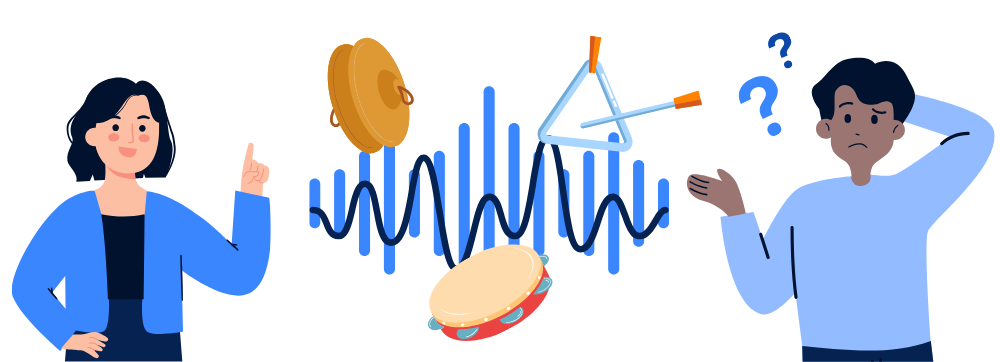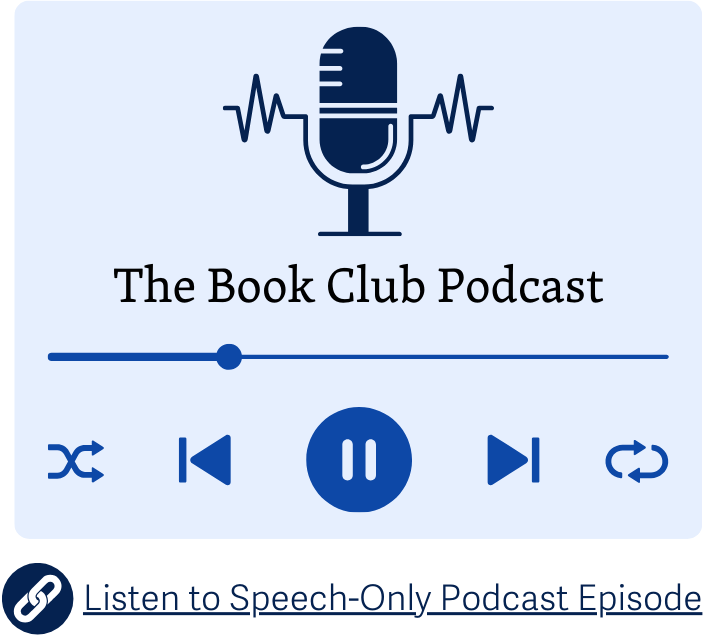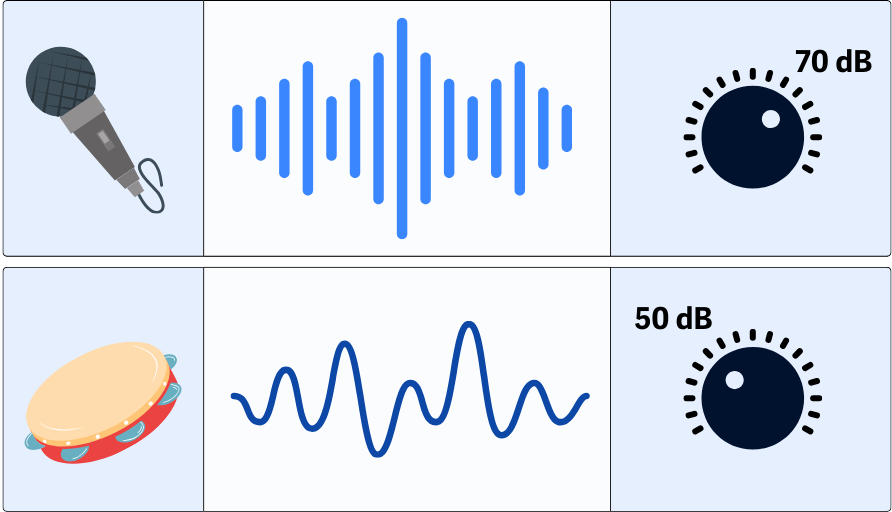1.4.7 Low or No Background Audio
For prerecorded audio with speech, any background sound must be at least 20dB lower than the speech, or there must be a way to turn it off.
What is it?
If your audio content is mostly someone talking - like a podcast, meditation, tutorial, or audiobook - background sounds shouldn’t get in the way. This guideline makes sure the speech is easy to hear and understand, especially for people who are hard of hearing.
So, if you’re adding music, sound effects, or ambient noise, they need to stay quiet- at least 20 decibels lower than the person speaking. Or even better: leave them out altogether.
This doesn’t apply to things like songs, audio logos, or audio CAPTCHAs. Just spoken-word content where understanding the speech is the whole point.

Why does it matter?
Background music can set the mood, but it can also make it really hard to understand what’s being said—especially for people with hearing loss.
Even soft background audio can mask important words. For someone using hearing aids or with auditory processing challenges, the music might completely overwhelm the speech.
For example, a podcast with soft background music playing under the host’s voice might sound fine to most, but for someone who’s hard of hearing, that music could make it impossible to understand.
Who is affected?
People who are hard of hearing may struggle to distinguish speech from background music or noise, especially if the audio mix isn't balance well.
People with auditory processing disorders may find it hard to focus or understand what’s being said when other sounds are layered in, which can lead to confusion, frustration, and missed information.
How to implement 1.4.7
About This Section
This section offers a simplified explanation and examples to help you get started. For complete guidance, always refer to the official WCAG documentation.
Remove Background Audio
The simplest and most accessible option? Don’t use background audio at all in your spoken-word content. A clean voice recording is clear, easy to follow, and works for everyone.
Let Users Turn It Off Or Provide Speech-Only Alternative
If you love the vibe that background music adds, that’s okay as long as you give users a choice. You can:
- Add a mute or “turn off music” button
- Provide a separate, speech-only version of the audio with no background sounds
Make sure the alternative is clearly labeled and easy to find, like a link right under the player.

Lower Background Audio By 20 Decibels
This one’s a bit more technical: Make sure your background sounds are at least 20 decibels quieter than your speech. That’s a big enough difference that most people will still be able to understand the spoken content clearly.
You can do this by adjusting your mix in an audio editor. If you’re not sure how loud things are, most editing software has meters to help.

Conclusion
Meeting WCAG 1.4.7 means making sure people can actually hear what’s being said—without fighting through background noise. Whether you keep it clean with no background audio, lower the volume, or give users control, it’s all about keeping your content clear, inclusive, and accessible to everyone.

